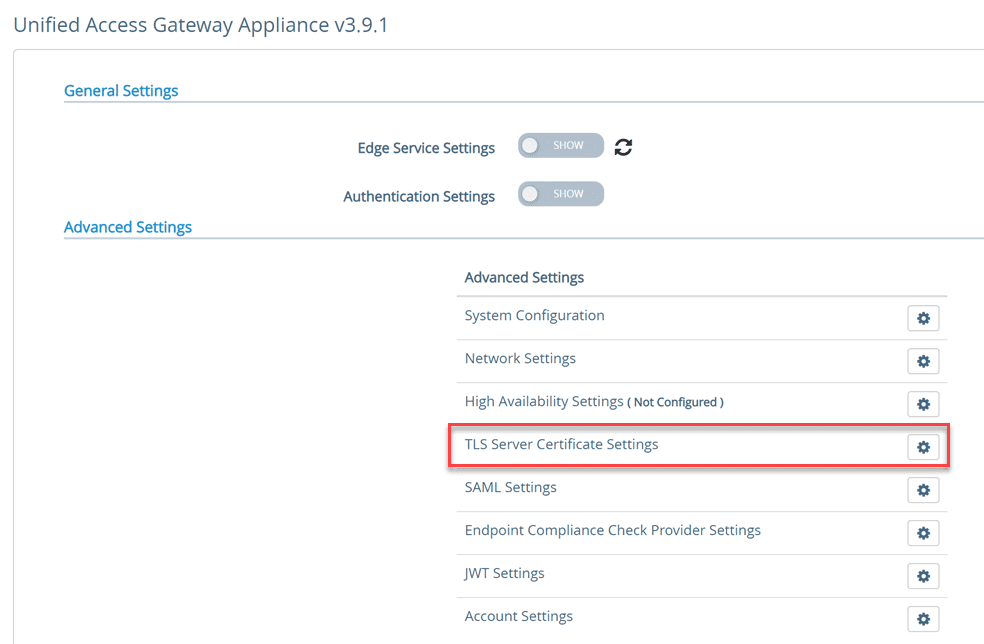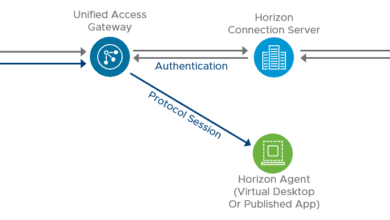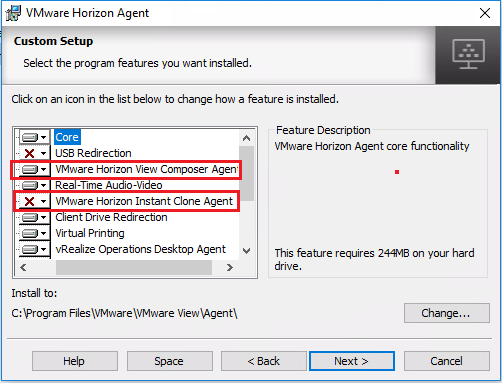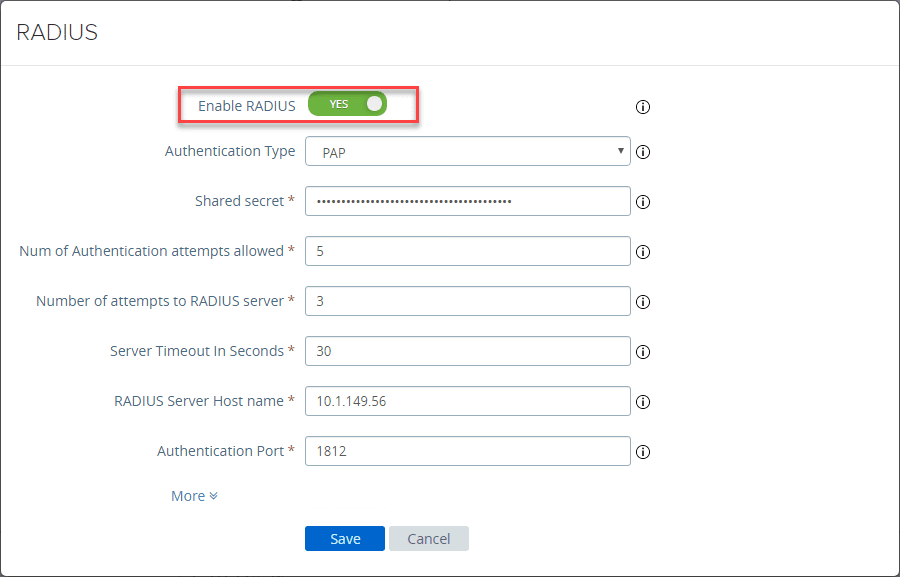VMware Horizon 7.7 Connection Server Installation
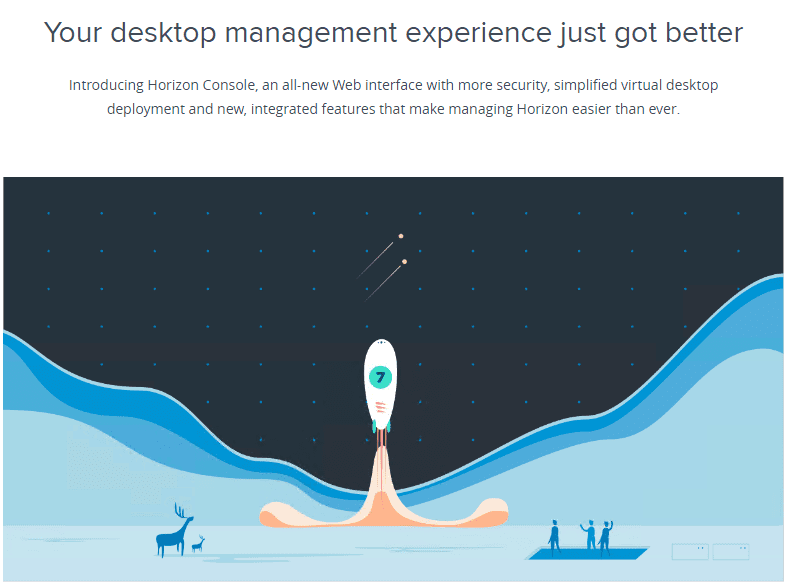
Recently, VMware released the latest and greatest in Horizon technology with the release of VMware Horizon 7.7. I decided to get the homelab VDI component of the lab up to date with this version of Horizon, especially now that Horizon supports vSphere 6.7 Update 1 as the underlying vSphere technology. VMware has really thrown in some great new features with this release of Horizon View. In this post we will first take a look at the VMware Horizon 7.7 Connection Server Installation and see not only what is new, but also the installation process to get up and running with a new Horizon 7.7 installation, beginning with the Connection Server. Let’s take a look at VMware Horizon 7.7 Connection Server Installation to see how this process is carried out.
VMware Horizon 7.7 Connection Server New Features and Requirments
First things first, let’s take a look at some of the system requirements for installation as well as highlight some of the new features with VMware Horizon 7.7 Connection Server. Below, the supported operating systems for VMware Horizon 7.7 Connection Server are listed. ***Note*** in the home lab environment, I like to play around and experiment with operating systems that are newer or see if installations succeed or fail with different versions of the operating system. Windows Server 2019 is not yet supported with any of the VMware Horizon infrastructure servers, however, I was able to get the Connection Server to install on Windows Server 2019 without any issues thus far.
| Operating System | Version | Edition |
|---|---|---|
| Windows Server 2008 R2 SP1 | 64-bit | Standard/Enterprise/Datacenter |
| Windows Server 2012 R2 | 64-bit | Standard/Datacenter |
| Windows Server 2016 | 64-bit | Standard/Datacenter |
***Note*** – Windows Server 2008 R2 with no service pack is no longer supported.
The followiing ESXi versions are supported with VMware Horizon 7.7
| VMware vSphere Hypervisor (ESXi) |
| 6.7 U1 |
| 6.7.0 |
| 6.5 U2 |
| 6.5 U1 |
| 6.5.0 |
| 6.0 U3 |
| 6.0.0 U2 |
| 6.0.0 U1 |
| 6.0.0 |
Horizon 7 supports the following Active Directory Domain Services (AD DS) domain functional levels:
- Windows Server 2008
- Windows Server 2008 R2
- Windows Server 2012
- Windows Server 2012 R2
- Windows Server 2016
Additionally, there is really great guidance on additional Active Directory Domain Services tasks that you most likely need to perform to prepare for installing VMware Horizon into your environment found here:
- https://docs.vmware.com/en/VMware-Horizon-7/7.7/horizon-installation/GUID-F6075DF0-9614-4A81-B27A-7EE7C4CCB46F.html
- Creating an OU for Remote Desktops
- Creating OUs and Groups for Kiosk Mode Client Accounts
- Creating Groups for Users
- Creating a UserAccount for vCenter Server
- Creating a user Account for a Standalone View Composer Server
- Create a User Account for View Composer AD Operations
- Create a User Account for Instant-clone operations
- Configure the REstricted Groups Policy
- Use Horizon 7 Group Policy Administrative Template Files
- Prepare Active Directory for Smart Card Authentication
- Disable Weak Ciphers in SSL/TLS
New Features contained in the VMware Horizon 7.7 Connection Server:
Horizon Administrator
- Horizon Administrator now displays the pod name in the Horizon Administrator header and in the web browser tab
- Monitor system health of Unified Access Gateways that are version 3.4 and higher in the Horizon Administrator
- You can now view the connected user when you verify user assignment for desktop pools
Horizon Console
- Horizon Console now has an HTML5-based web interface component.
This allows managing view composer linked-clone desktop pools, manual desktop pools and persistent disks for linked-clone desktop pools in Horizon console.
Help Desk Tool
- The Horizon Help Desk Tool now allows ending an application process running on an RDS host for a specific user in the Horizon Help Desk Tool.
Cloud Pod Architecture
- You can choose whether or not user can start multiple sessions of the same published application on different client devices. This is called multi-session mode.
- Creating shortcuts for global entitlement now supports configuring up to four subfolders
- A single vCenter Server instance can now manage multiple pods in a Cloud Pod Architecture environment.
Published Desktops and Applications
- A farm can now contain up to 500 RDS host servers
Users can configure the multi-session mode to use multiple instances of the same published application on different client devices. - You can set the RDS host in drain mode state or in the drain mode until restart state.
- Hybrid login can be enabled after creating an unauthenticated access user. This provides unauthenticated access users so that network resources such as fileshares or network printers can be accessed without the need to enter credentials.
Added vSphere Support
- vSphere 6.7 Update 1 and vSAN 6.7 Update 1 are now supported
Virtual Desktops
- Virtual Desktops now support vMotion for instant-clone, linked-clone, and automated desktop pools that contain full virtual machines.
VMware Horizon 7.7 Connection Server Installation
Let’s look now at the actual installation process involved with getting VMware Horizon 7.7 installed on a Windows Server.
The file name that I downloaded from VMware for installing the VMware Horizon 7.7 Connection Server:
- VMware-Horizon-Connection-Server-x86_64-7.7.0-11038474.exe
- Size 264 MB
Beginning the installation of the VMware Horizon 7.7 Connection Server executable.
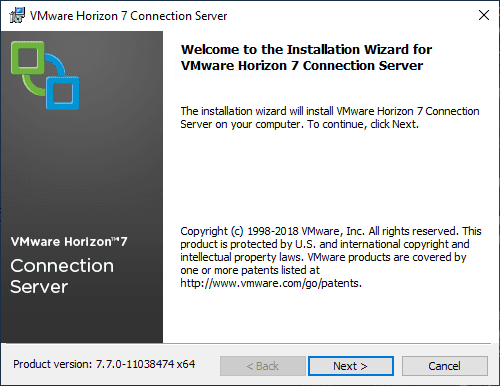
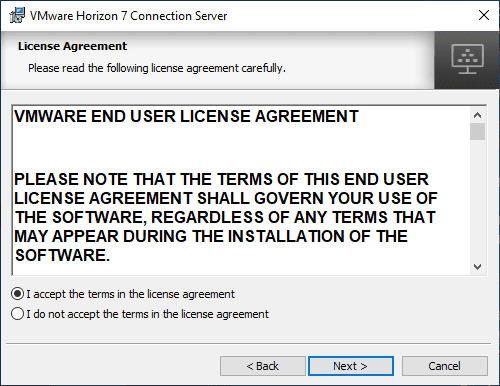
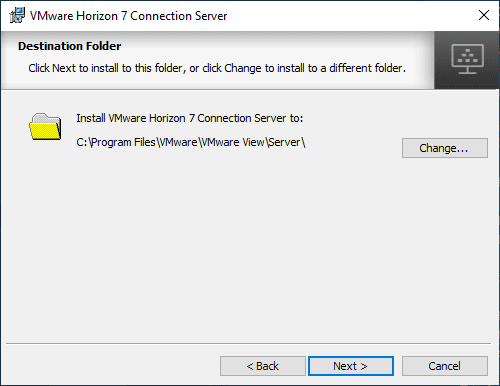
Here, we are choosing the Horizon 7 Standard Server since we are installing the first Connection Server in the environment. Also, you can choose which IP protocol version you want to use.
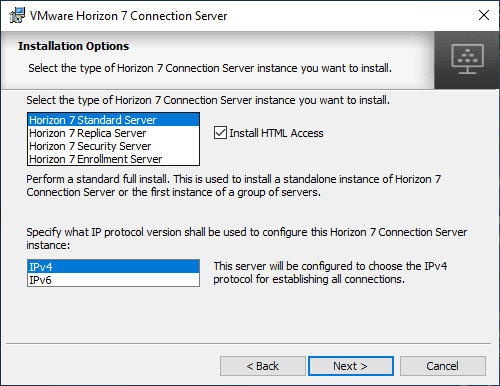
Enter your Data Recovery password for recovering a backup of the Horizon Connection Server.
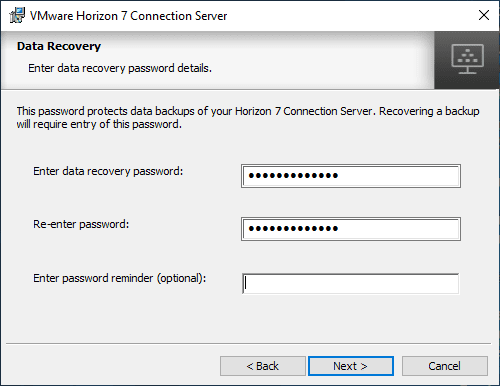
You can choose whether or not you want the installer to automatically create the necessary exceptions in the Windows firewall for the Horizon 7.7 Connection server.
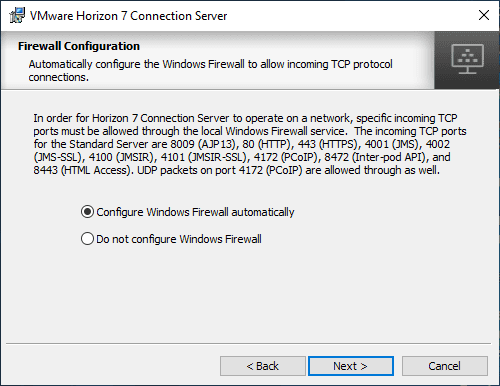
Next, configure the Initial Horizon 7 Administrators. Below, you will see I am simply using an Administrator account. However, you will want to most likely configure a purpose-built account for administrating VMware Horizon.
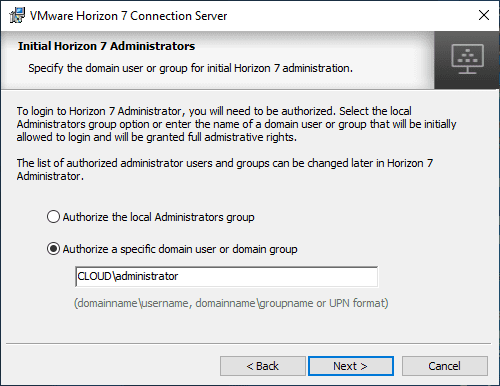
Choose whether or not you want to join the CEIP program.
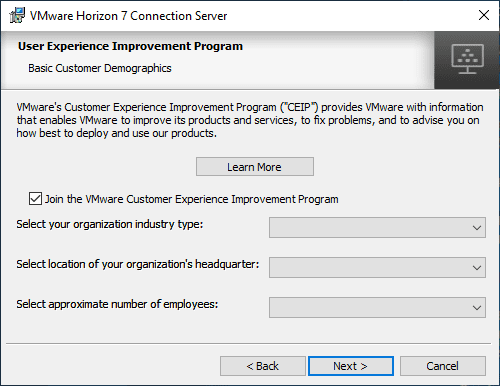
The installation configuration options have now been set. The installation is ready to begin.
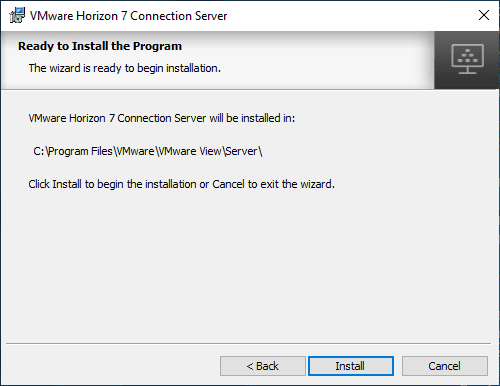
The installation process begins and files are copied, etc.
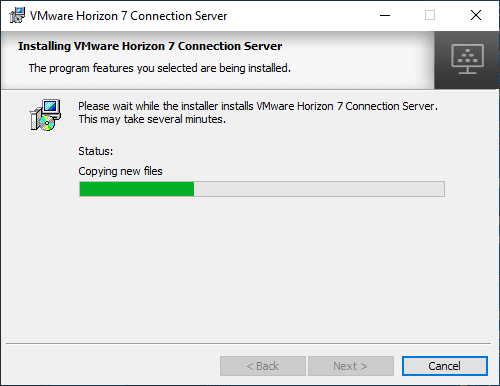
You should see the installation completed successfully. You have the option to view the Horizon documentation with the checkbox.
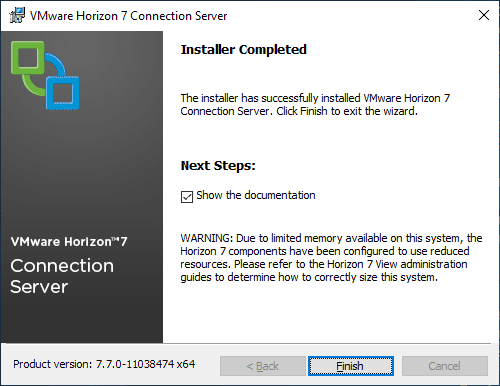
Just a quick look at how to access the new HTML 5 Horizon Console in case you are wondering. Login to the traditional Horizon Administrator Console. You will see the Horizon Console link in the upper right section of the window. Click this to access the new HTML 5 console.
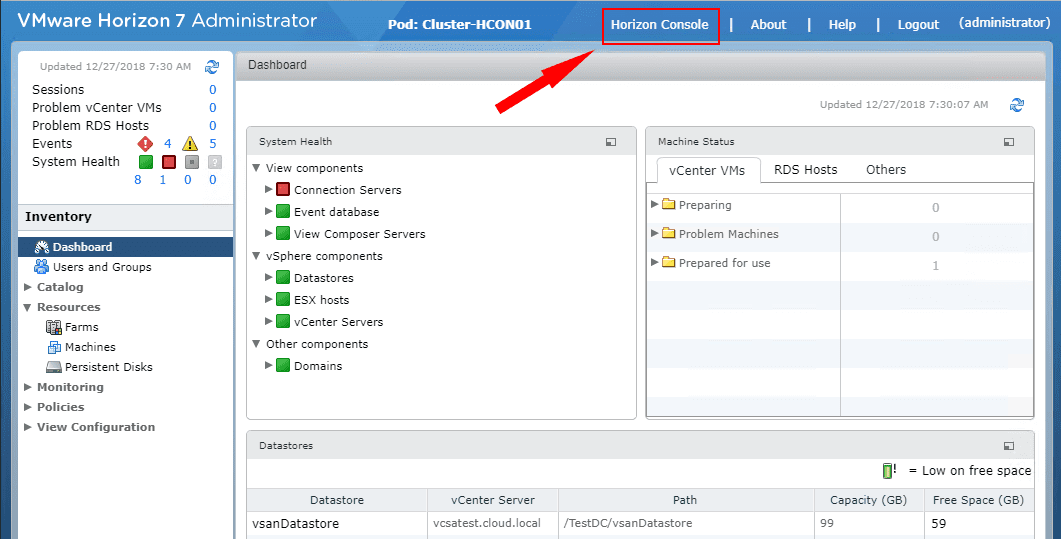
A look at the new HTML 5 console.
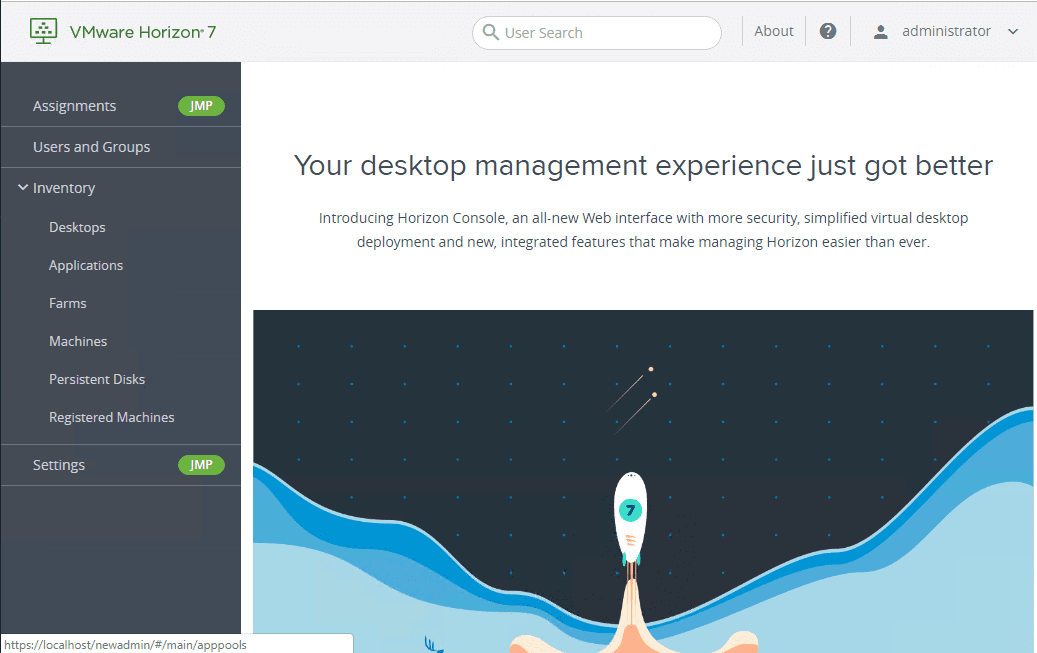
Takeaways
In my home lab environment, the VMware Horizon 7.7 Connection Server Installation was easily accomplished on a new VM in the lab. The installation process is very familiar and looks identical to previous Horizon Connection Server installations. The new features in this release are certainly worthy features to consider for upgrading existing environments, especially with the new HTML 5 console which allows quite a bit of tasks to be accomplished using the new interface and vSphere 6.7 Update 1 support. All in all, this is a great release of Horizon that takes VDI to the next level on the vSphere platform. It has been teased by many that 2018-2019 is the year of VDI. With VDI platforms greatly maturing such as VMware Horizon, customers have the tools and features that can certainly make VDI a worthy solution for EUC. Stay tuned for more in the series of home lab installs and configuration with VMware Horizon 7.7.





